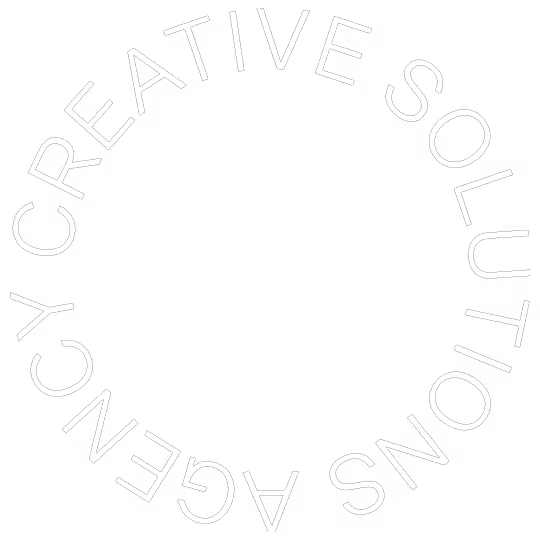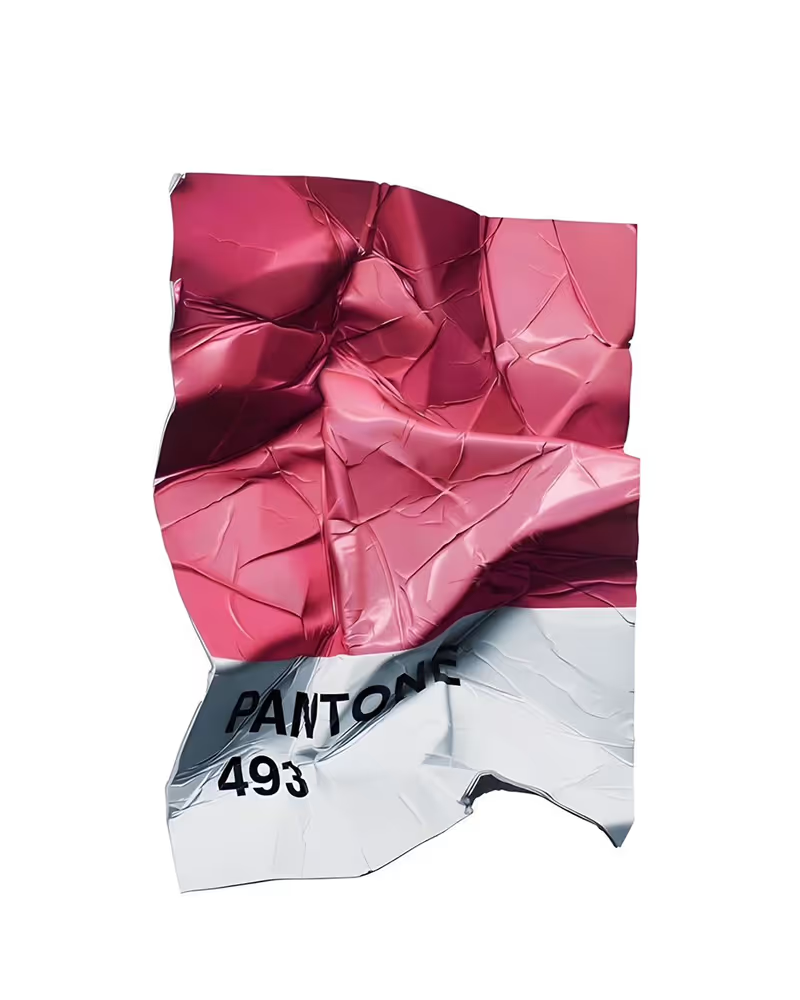How beauty tech is shaping brand success
The hype of hyper-personalisation
Competing in the cutthroat beauty industry isn’t for the faint-hearted. With 25% of all brands launched in the consumer goods sector tied to beauty or personal care (Euromonitor), the need for brand differentiation is paramount. Hyper-personalisation offers a powerful opportunity for brand differentiation in 2025 and beyond. Here’s why it should play a key role in your digital strategy.


Demand for personalisation services is high. With 41% of beauty and personal care sales now taking place online (Beauty Matter), there’s a clear opportunity for brands to pivot towards digitalised personalisation to offer truly unique online shopping experiences. And yet, so few brands are tapping in. Vogue Business revealed that while 70% of consumers desire AI-driven skin diagnostics, such as foundation colour-matching, when shopping online, just 30% of brands provide such services.
Offering highly tailored digital experiences by leveraging AI and AR capabilities would fill a significant gap in the market that consumers are actively seeking. In a world where time is of the essence, AI algorithms that can analyse data—including personal preferences and characteristics—to offer quick, personalised product recommendations can add real value to the consumer experience. For instance, skincare brands can leverage AI-powered skin analyses to offer personalised product recommendations, while cosmetic brands can enhance the customer experience with AR virtual try-ons, enabling users to visualise products superimposed onto their digital images.
Some brands are ahead of the curve: L’Oréal, Sephora, Clinique, Estée Lauder, and Lancôme, among others, all offer virtual try-on tools for colour-matching foundations and testing cosmetic products. ModiFace, a leading creator of augmented reality technology for the beauty industry, was acquired by L’Oréal in 2018. Last May, L’Oréal, in collaboration with ModiFace, introduced Beauty Genius: a personal beauty assistant created using augmented reality, computer vision, and Gen AI. Beauty Genius leverages L’Oréal Paris's beauty knowledge, including hair care, makeup, skincare, and clinical studies, to offer personalised diagnostics, beauty routine recommendations, and Q&A sessions in a way that mimics natural conversations with a beauty expert—creating an elevated online shopping experience through hyper-personalised digital services.
Perhaps the best example of a brand that has successfully harnessed the power of hyper-personalisation is Fenty Beauty. Its key differentiator lies in a deep commitment to inclusivity, offering foundation shades for every skin tone—particularly those historically underrepresented in the beauty industry. By redefining industry standards with its diverse shade range, Fenty set a new benchmark for inclusivity. Taking it a step further, the brand introduced a virtual try-on experience in 2021, allowing consumers to seamlessly combine beauty tech with its extensive foundation range to find their perfect match.
What’s next?
The role of AI and AR in capturing biometric data to create hyper-personalised shopping experiences is set to expand, driving further digitalisation across the beauty industry and reshaping how brands connect with consumers. As the global biometric system market is projected to reach USD 113.22 billion by 2032, the integration of these technologies will likely unlock new opportunities for hyper-personalised experiences and data-driven marketing strategies. Beauty brands that embrace these advancements will be well-positioned to lead the industry into a more innovative and customer-centric future.





